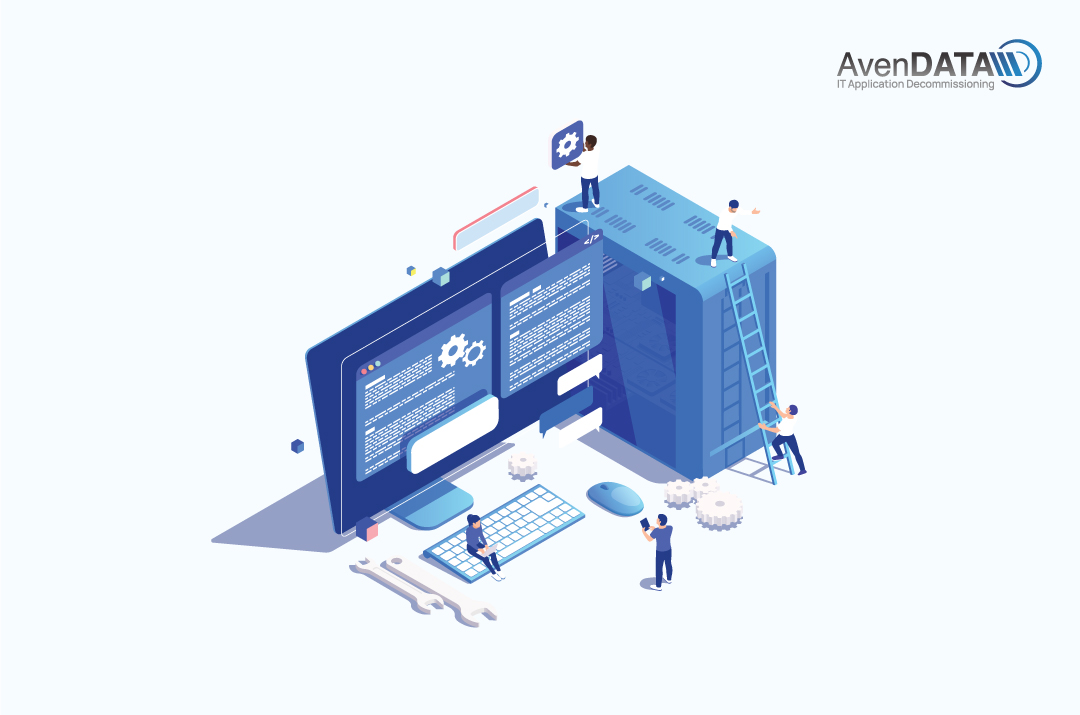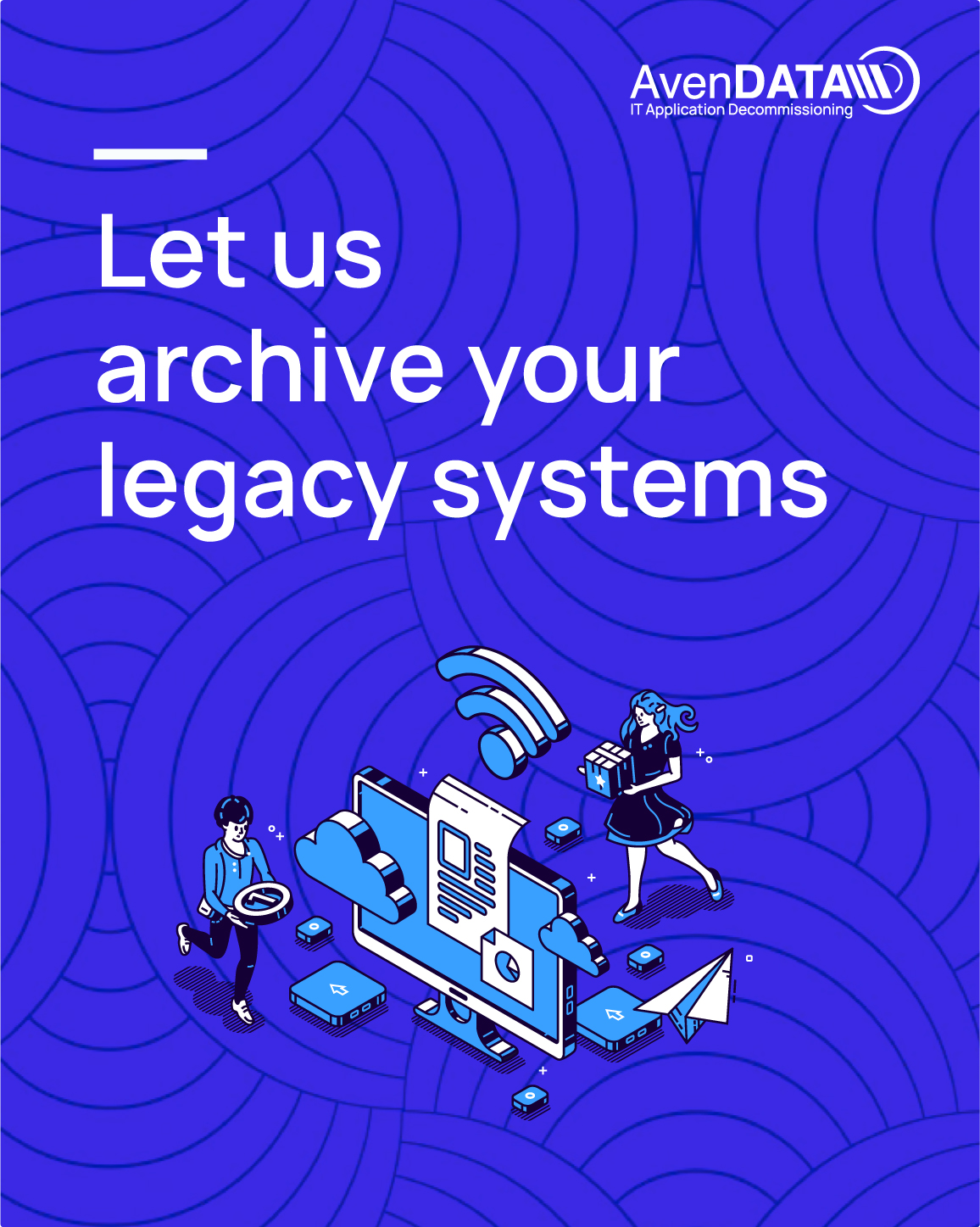A legacy system is typically an older, outdated, or obsolete software or hardware application that is in use within an organization or company. It is often referred to as “legacy” because it no longer meets current technological standards or is no longer actively developed.
The exact definition of a legacy system can vary depending on the context, but in general, a legacy system exhibits some common characteristics:
Age: A legacy system has typically been in use for a significant period of time and may have been developed many years ago. It may be based on outdated technologies or programming languages that are no longer widely used or supported.
Inefficiency: Legacy systems are often inefficient and may have performance issues. They may be unable to keep pace with the demands of a modern business, whether in terms of data processing speed, scalability, or user-friendliness.
Lack of support: Since legacy systems are typically no longer actively developed, they may be outdated in terms of technical or security aspects. Obtaining qualified support or updates for these systems can be difficult.
High maintenance costs: Due to the complexity and interdependencies of legacy systems, maintenance costs can be high over time. Fixing bugs, performing updates, or adding new features can be time-consuming and expensive.
It is important to note that not all older systems are automatically considered legacy systems. A system is often labeled as legacy when it poses a barrier to the progress of an organization due to its technological obsolescence or associated challenges.
Archiving a legacy system means preserving its functionality, data, and relevant documentation for historical or reference purposes.
And that’s exactly what AvenDATA has been doing for approximately 15 years!
FAQ About Legacy System
A legacy system, also known as an “Altsystem” in German, refers to an older or outdated software or hardware application that is still in use within an organization or company. It is often considered “legacy” because it no longer meets current technological standards or receives active development.
Archiving a legacy system involves preserving its functionality, data, and relevant documentation for historical or reference purposes. It allows organizations to retain important information and comply with legal and regulatory requirements. Archiving also provides the ability to access and retrieve data from legacy systems, even after they have been replaced or upgraded.
Typically, a legacy system possesses the following common characteristics:
- Age: Legacy systems have been in use for a significant period, potentially developed many years ago. They may rely on outdated technologies or programming languages that are no longer widely used or supported.
- Inefficiency: Legacy systems often suffer from inefficiencies and performance issues. They may struggle to keep up with the demands of a modern business, whether in terms of data processing speed, scalability, or user-friendliness.
- Dependency: Legacy systems are deeply integrated into an organization’s workflows and business processes. Replacing or upgrading a legacy system can be challenging due to numerous dependencies and interfaces that need to be considered.
- Lack of support: As legacy systems are generally no longer actively developed, they may become outdated in terms of technology or security. Obtaining qualified support or updates for these systems can be difficult.
- High maintenance costs: Due to the complexity and interconnectedness of legacy systems, maintenance costs tend to accumulate over time. Fixing errors, performing updates, or adding new features can be time-consuming and expensive.
-
How Legacy Systems Work and Their Architecture
-
Legacy Systems in Digital Era:
-
SAP Carve-Out Guide: Definition, Process, Benefits
-
System Decommissioning: A Strategic Guide
-
20 Reasons why legacy ERP systems must be archived and data should not be deleted
-
IT Mergers and Acquisitions: The ABCs of a Successful Integration
-
Mastering IT M&A and Carve-Outs: Addressing Pain Points with Practical Solutions
-
Modernizing Legacy Systems: A Strategic Guide for IT Company Owners
-
The importance of legacy systems is steadily increasing
-
Ten Key Questions with Emanuel Boeminghaus




